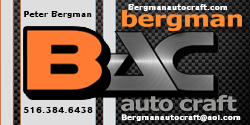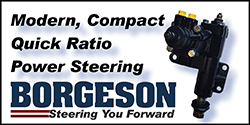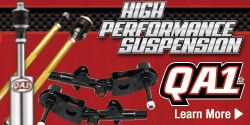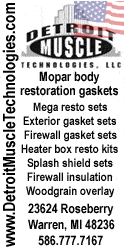These are fairly simple, steve. What you have there is a 3 pole toggle switch, meaning, you have "three switches" that act together, with one "in" terminal, and 3 "out".
1 The flasher gets power from the fuse panel, so you should be able to probe the flasher with a test lamp and it should ALWAYS be hot
(D31, no 18 pink)
2 a red wire should run off one terminal of the flasher to one corner of the hazard switch. With either a flasher plugged in, or a bypass wire in the flasher socket, that red should be hot
(D32, no 18 red)
3 One terminal of the switch should be TAN and runs to the right front turn signal (junction with the turn switch) and to the right turn indicator in the cluster
(D9, D9A, no 18 tan)
4 One terminal should be light green, goes to the left front turn, and the left indicator
(D10, D10A, no 18 light green)
5 The last corner of the switch should have a white wire and this runs to a junction that feeds INTO the turn sig. switch same place as the brake light switch. Remember, with the main signal switch centered, brake light switch power goes INTO the switch, and then back to the brake lights
(D4, D4A, no 18 white)
SO The switch terminal with the red from the flasher is the "in" and is not connected through the switch to anything else, with the flashers OFF. In other words, it's a dead end
With the switch ON, ALL FOUR terminals of the switch are hooked together
The flasher power comes to the switch, and feeds out the other three terminals,
the right front
the left front
and the brake light wire to the signal switch.
Your signal switch MUST be centered.
You must NOT have your foot on the brake
You must have power to the flasher, and of course a good flasher.
Testing the actual switch is easy.
Unhook the switch
With a ohmeter, and the switch off, NONE of the 4 terminals should be connected to any of the others
With the switch ON, ALL FOUR terminals should be connected together
View attachment hazard.jpg















